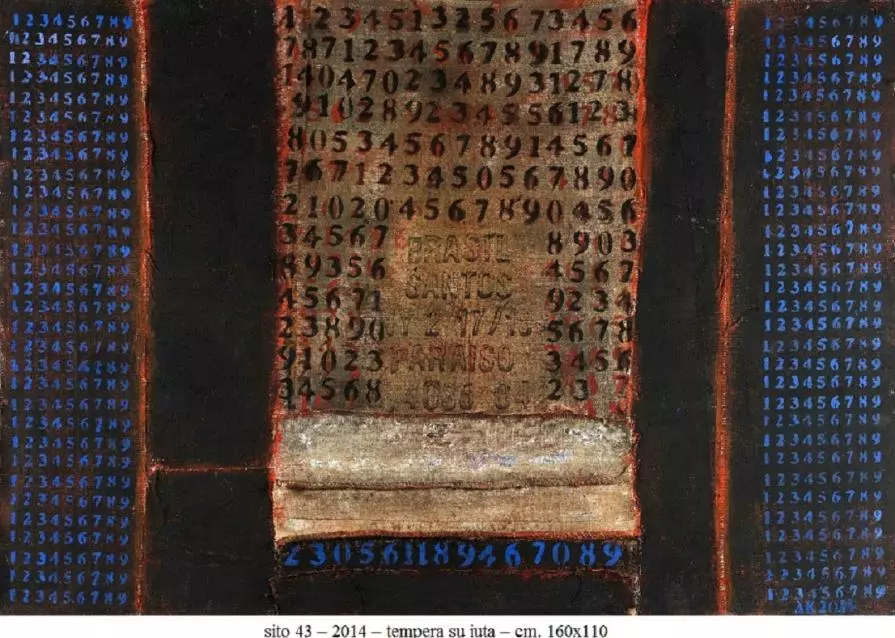
realismo in-forme ( guerra e morte)
partecipation: PROJECT
artists: AKRONOS - PETRI
title:realismo in-forme
introduction : Andrea Spini , Università di Firenze
Archaic words and symbols, etched or emergent from the blue-green matter that cakes also upon the pages of impossible books, burning red that defy expression, then sky blue MENHIR that rise to stand guard over an inexistant wall, then canvases where colors clash in a cacophony with no apparent order....Actually what Anita and Angela have demonstrated to us over time has been the work of SISIFO that despite everything believes that the chaos into which we are repeatedly thrust may possibly transform into a Cosmos: an order into which all differences are integrated in a harmony that is present exclusively within NOSTOS (a hope, however, destined to sink into disillusion) and that drives us to embark on a journey into the past that inevitably is oriented in the future. The objective towards they drive us with their work is not, despite the appearance, that which has already been; it is not a return but rather a journey beyond something that is not yet and might possibly be.One century exactly from the apocalypse of mankind resulting in the carnage of WW1, Anita and Angela depict explicitly what has until now been hidden in their art; centering on the language used by historical AVANGUARDIE they radically overturn the nuances and significance. Better yet, they accept the lesson learned in a most unique fashion placing themselves on the opposing side of Marinetti war glorification.In the beginning of the "brief century" (Hobsbawn) not only was it the end of KAKANIA ( MUSIL) or to say it with Stefan Zweig, the "world of yesterday"; it marked the initiation of the "regimes of truth" namely Bolshevism, naziism, fascism that led to the second, inhuman and unimaginable catastrophic world war.With an apparent paradox the exaltation of the individual was translated into mass conformity, individual diversity within the cardinal and ordinary diversity of the series : 1, 2, 3...first, second, third...in other words, the individual and collective identities become defined by the postulation occupied by social topography; the worth of an individual is determined by the quantity of his possessions, the value of life (of each life) will depend on the status of which you are a part.An exercise adopted in the strategies to use against an enemy will become, infact, that of determining how many soldiers can be sacrificed to secure a hilltop, how many injured are acceptable to the economy of the armies, how many collateral effects-such is the term used for civilians killed in wars that continue to infest the world-shield from the accusation of having perpetrated "crimes against humanity.Of this absurd accountancy of death Anita and Angela depict, with a series of exceptional canvases, its true embodiment: not relying on neo-realistic representations, always at risk of falling into rhetoric (that would not pass unnoticed, due to the subject
at hand, even the nouveau réalisme theorized by Restany) nor on any modality of the post-modern and the neo avant guard (trans or otherwise) or that of computer art.No, with their canvases we are faced with the artisan work of those that, lucidly and dramatically aspire to a project of a possible "vita bella", puts forth a simple numerical series (such as the series identification on crates of ammunition or the listings of give and take in the economy of war) immersed in the tonalities of blood and dust. Thus we embark on a journey, dependent on the order of composition of the series, that might lead to a bright new day or, overturning its meaning, to the annulment of any remaining hope.The exceptional relevance of the work of Anita and Angela consists of, in my opinion, that insopressible ambiguity, because the truth-hope expressed by the disappearance of numbers in the pale blues and whites is not the point of arrival, based upon the progression of an evermore self awareness of human history, but rather the ultimate vision for whomever wishes to sustain the responsibility of hope.It is difficult to forget the highlighting of numbers; once seen they continue to dance in front of the eyes; even more difficult is to forget the stains that deform the sterile perfection. They inhibit the glance of the indifferent idler of which we are all affected; loafing around looking at everything and seeing nothing.With their canvases Anita and Angela oblige us to come to terms with the saturation induced by the excess of media input into which we are immersed and that impedes us, forcing us into a state of permanent anxiety, from risking the possibility for a future.Nothing, however, guarantees the end result. Only the beauty of the work is certain the estethiques of which -as always when dealing with art that does not deny itself- is the embodiment of the ethics of the artist. The canvases that we scroll through are not, however, dazibao; they do not offer solutions to the question "what to do?" that is inspired, they merely disallow indifference. This, I feel, is no minor thing.
 Share / Save
Share / Save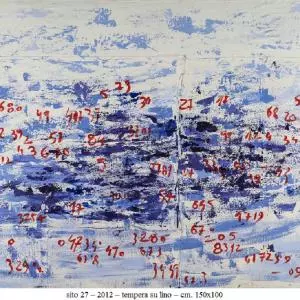
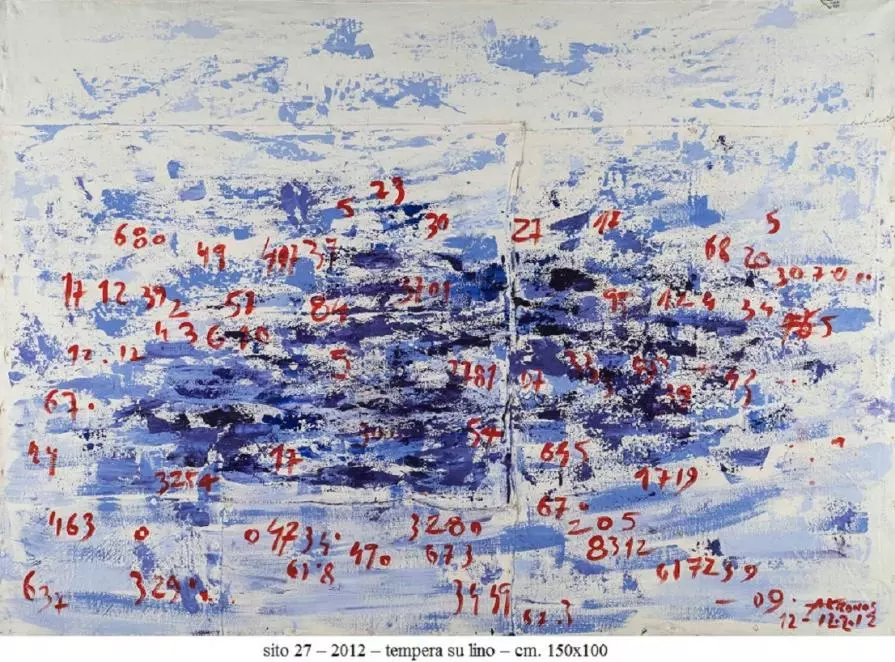
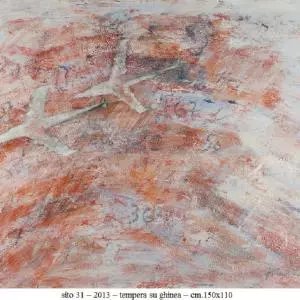
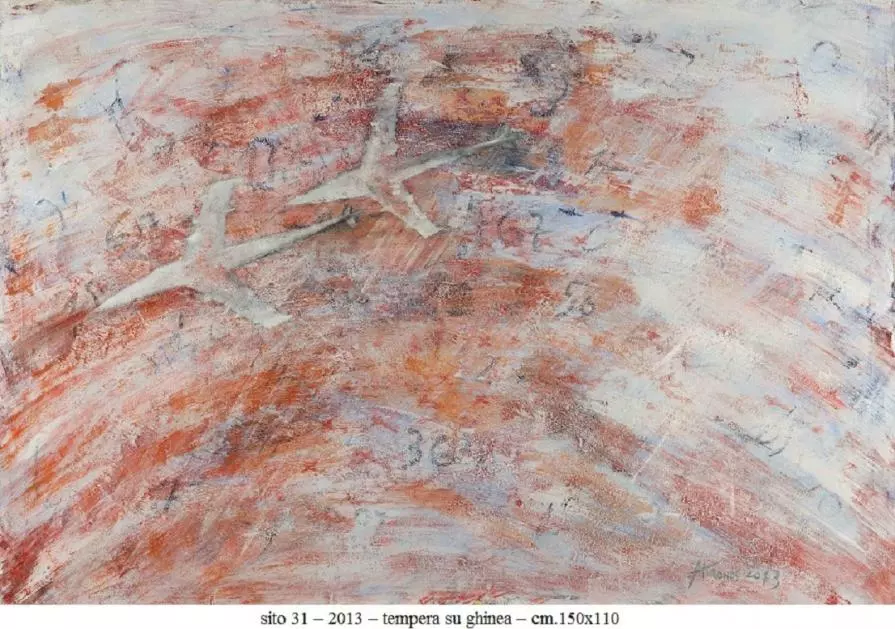
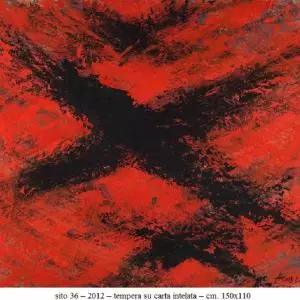
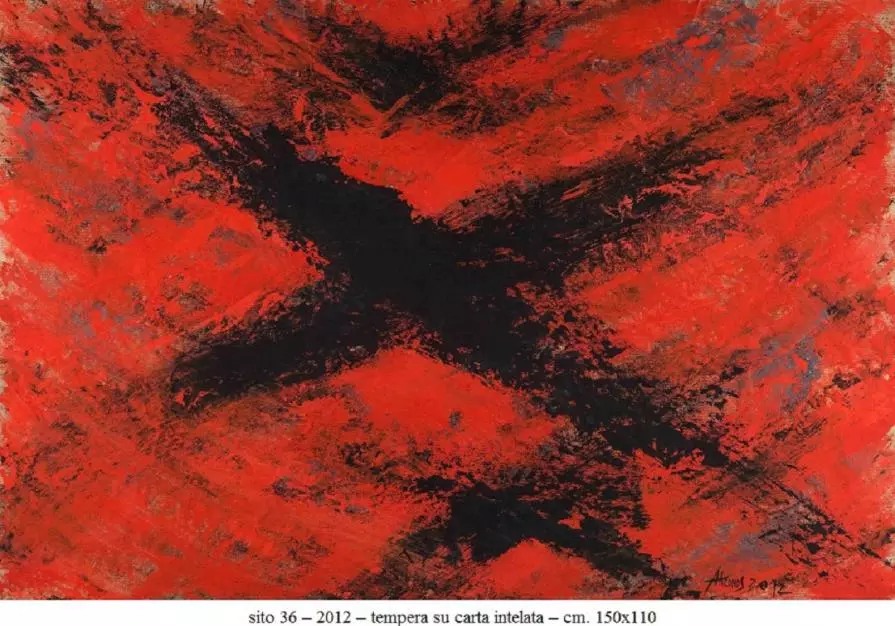
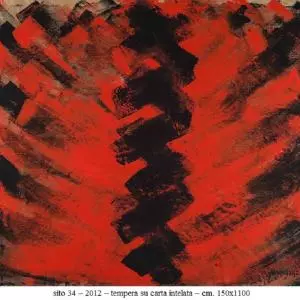
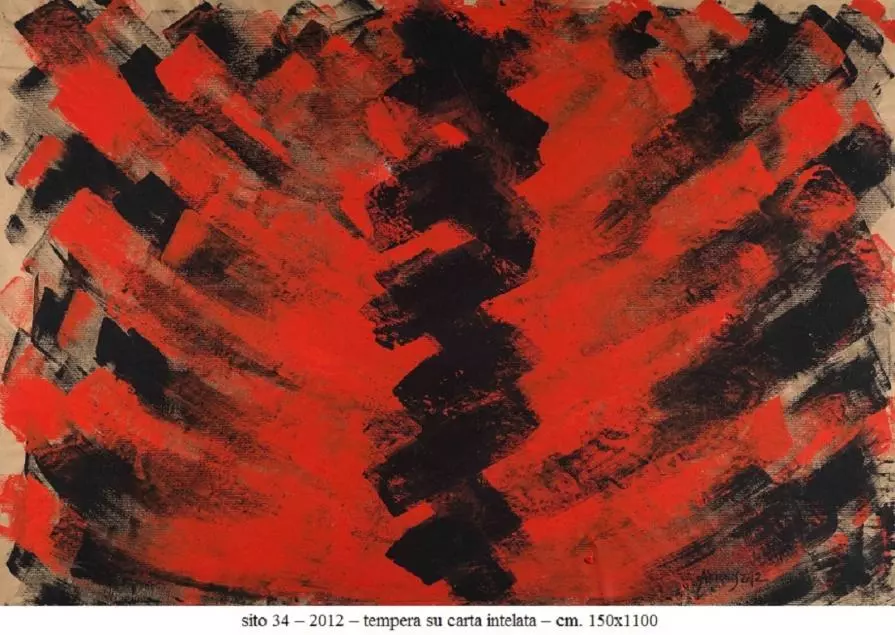
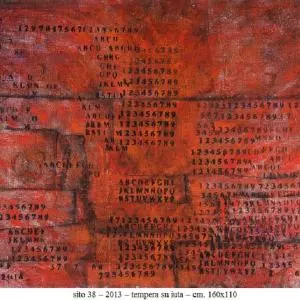
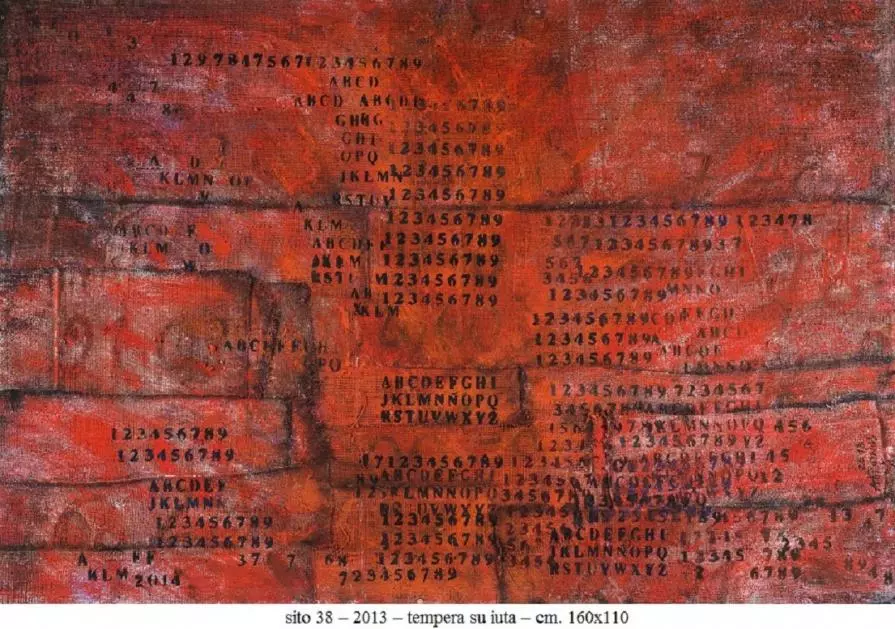
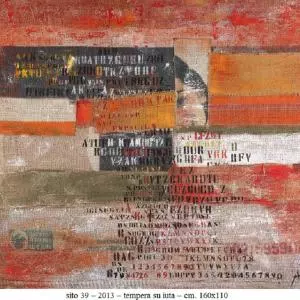
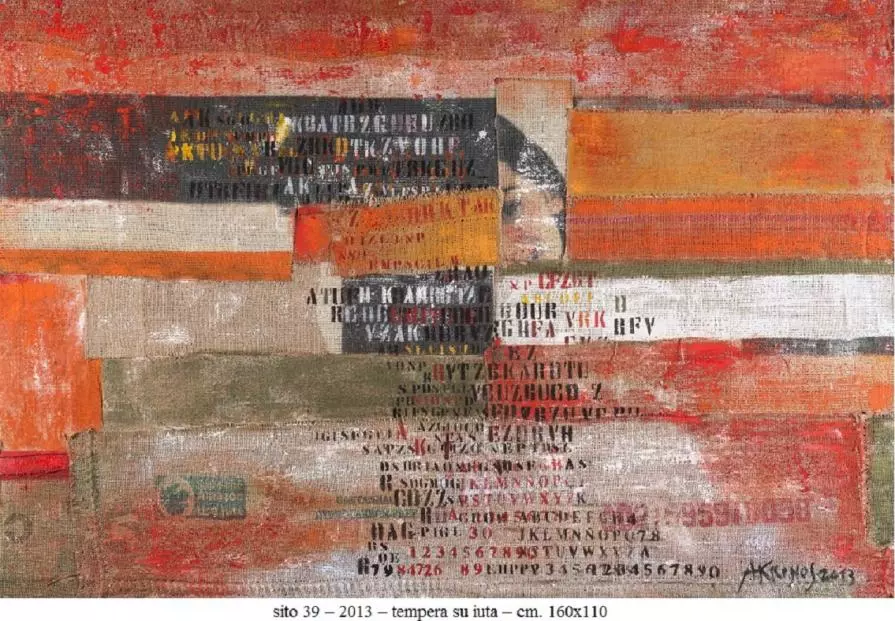
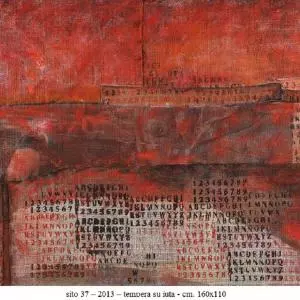
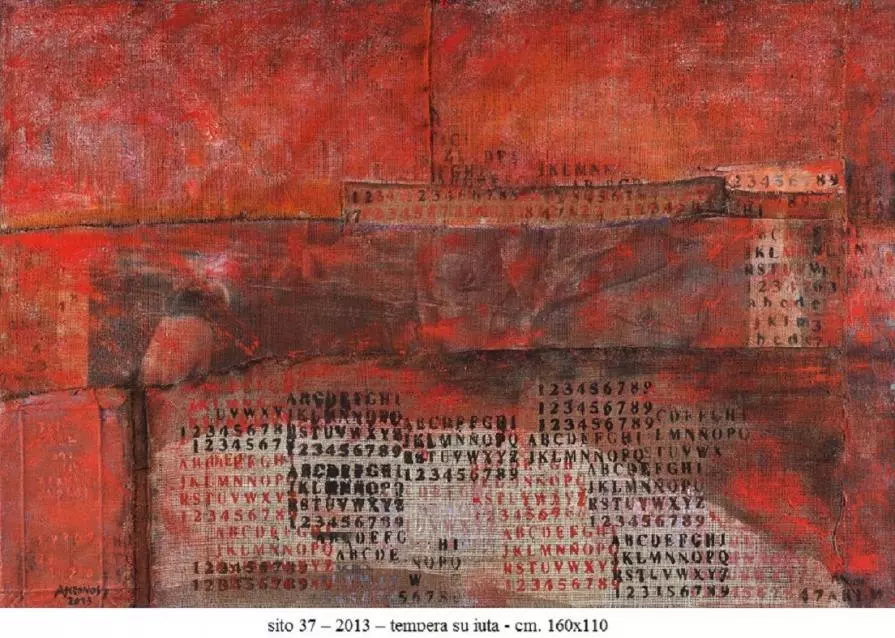
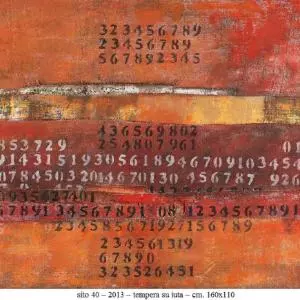
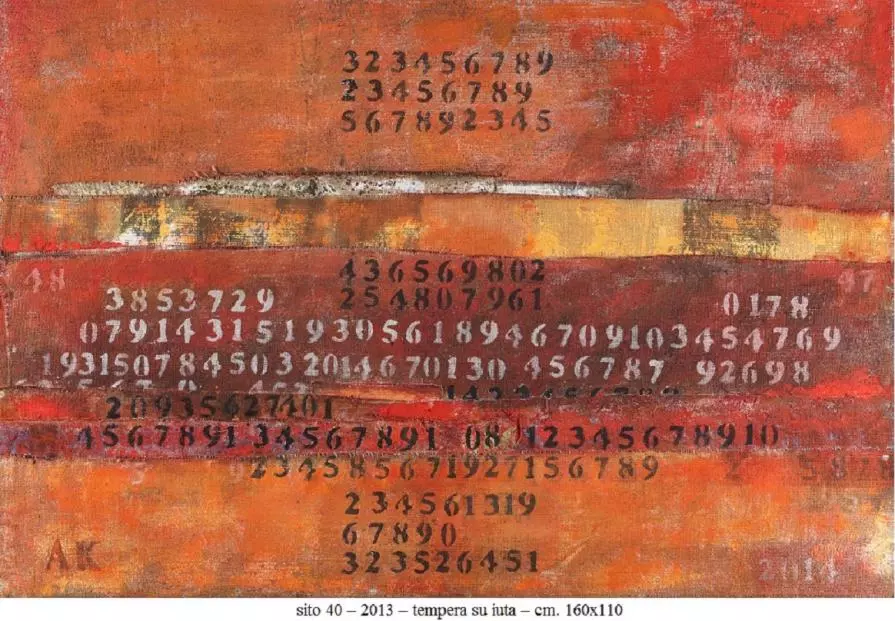












Comments 0
Say something